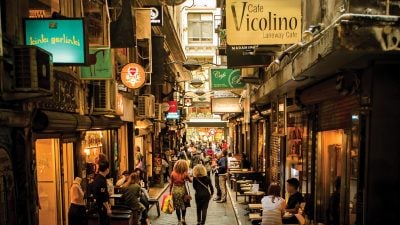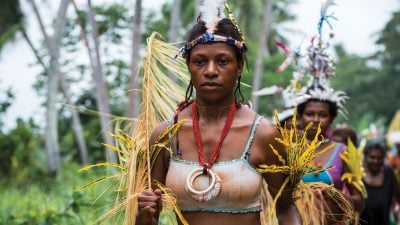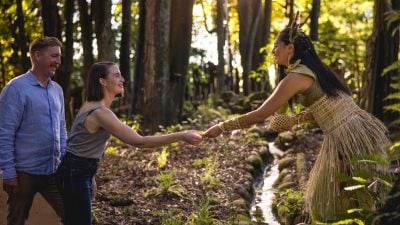Home / Australia & South Pacific / Manaakitanga – Finding the S…

Manaakitanga – Finding the Spirit of Kiwi Hospitality on New Zealand Travel
One only needs to do a Google image search to see the extent to which nature has blessed New Zealand. Jagged, snow-capped peaks separated by deep blue fjords and winding roads that just beg for exploration. Mountain ranges overlook dense forests, rich with wildlife. Surreally-clear bay waters break gently on soft sand beaches, while powerful geysers and bubbling mud pools remind you of the powerful seismic forces that have shaped this land.
All these images are classic on New Zealand travel, yet none of them capture one very important part of the nation’s identity… manaakitanga.
Manaakitanga
- (noun) A Maori tradition of hospitality, respect, generosity, and kindness.
It might be one of the world’s most Instagrammable countries, but it’s New Zealand’s people you will remember most. Affectionately known as “Kiwis,” the locals are acutely aware of all nature has given those lucky enough to call New Zealand home. They understand the need to protect and nurture it, and they’re proud to share it with visitors.
That tradition far predates white settlement. Manaakitanga has been a key element in Maori society for centuries. While there’s no direct or easy English translation, the most literal is “the power of the word,” calling on hosts to welcome their guests with expression and fluency. It also calls on hosts to treat their guests with reciprocal generosity and mutual respect, elevating both host and guest through the act of giving and sharing. Another, quite simple interpretation of the concept is “love towards us, love going out from us.”
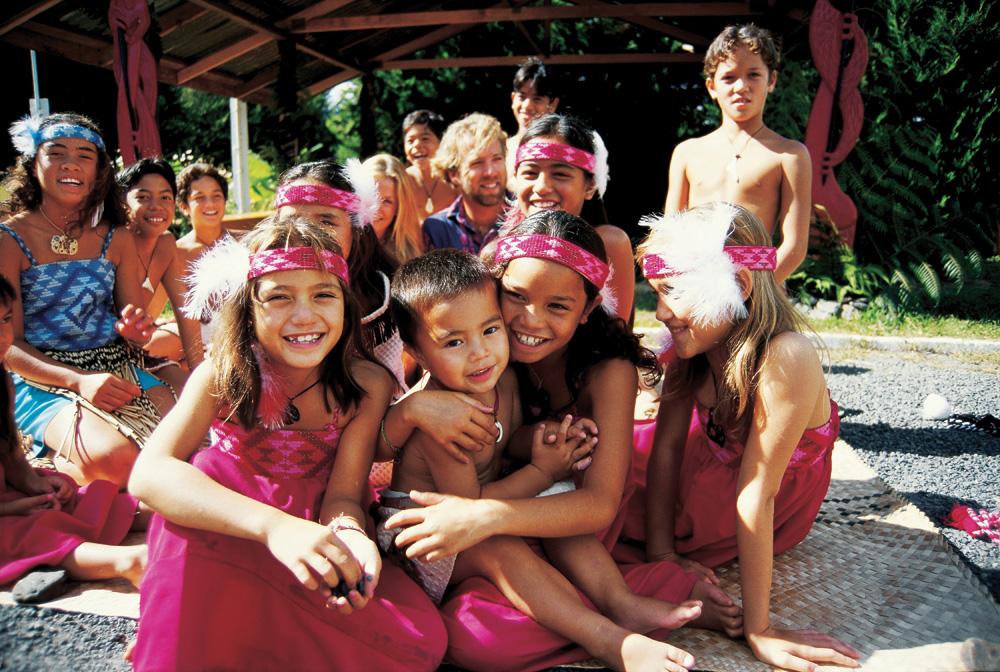
More than just New Zealand’s first peoples, the Maori, their heritage, and traditions are integral to what defines modern day New Zealand. Even early European settlers were stunned by the hospitality they received on reaching this strange land. Some were even welcomed into maraes, where they came to be considered family members.
While the expression of manaakitanga has changed over time, its effect remains the same. To imprint upon the visitor a taste of New Zealand they will never forget, and to leave a piece of New Zealand enriched by the visit, all in the spirit of caring for themselves and each other.
It all sounds like pretty simple, down to earth stuff, but then, “down to earth” describes Kiwis to a T. New Zealand frequently tops the pile when it comes to quality of life, partly because New Zealanders prioritize good living, particularly outdoors. You can see it in their love of sports, whether it’s sailing on the Bay of Plenty, speeding down the slopes near Queenstown and Arrowtown, or indulging in the national obsession, rugby. You can taste it in the world renowned white wines of the Marlborough region, located at the northern tip of the South Island, or in the bold reds of the Otago and Martinborough regions. Under the sun or at the table, Kiwis take their leisure time seriously!

Just as memorable is their irreverent sense of humour and willingness to support their own artists, writers, and filmmakers. Whether it’s the morbid laughs of What We Do in the Shadows and its spin-offs (required viewing for horror buffs planning New Zealand travel), the informative antics of the multi-talented Topp Twins, or the country’s Oscar winning Hollywood triumphs, New Zealand produces a phenomenal amount of top notch television and film for such a small country – and none of it is immune to gentle ribbing. Even Air New Zealand has been known to poke fun at Lord of the Rings in its safety videos.
Related Article:
Discover Wellywood on Your New Zealand Vacation
Auckland may be the country’s largest city, and Queenstown its adventure capital, but the real centre of Kiwi arts culture is Wellington, the country’s official capital and home to most of New Zealand’s film industry (they don’t call it Wellywood for nothing). Here, visitors can also immerse themselves in the country’s history at Te Papa Tongarewa, New Zealand’s interactive national museum, widely considered to be among the world’s best (4.7 out of 5 from nearly 9,000 Google reviews can’t be wrong). Wellington also boasts more cafes and bars per capita than New York City. That’s a pretty compelling addition to its claim for the world’s “coolest” capital, particularly when you consider most of those spaces can offer outdoor seating year round. Even the climate observes manaakitanga in New Zealand.
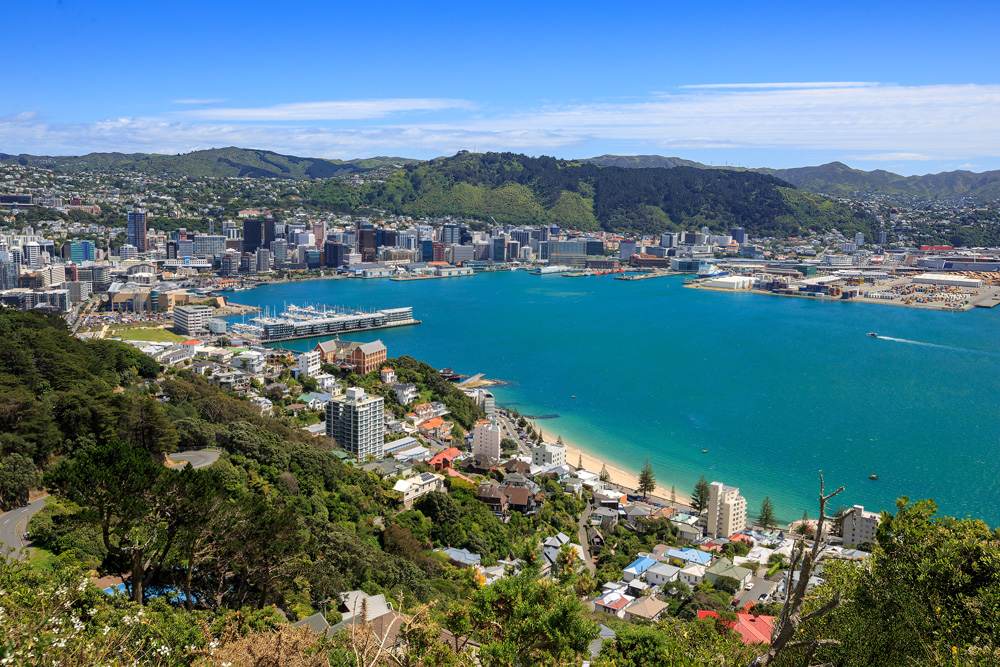
That last fact demonstrates manaakitanga’s essential aspect of reciprocation. Just as visitors are welcomed and given hospitality on New Zealand travel, they must honour that hospitality with respect not just for their hosts, but for nature. This may be pointing to New Zealand’s most obvious assets, but as you watch the dolphins and whales break the surface of the water off Kaikoura, or immerse yourself in the perfectly temperate waters just a stone’s throw (metaphorical, of course) from unspoiled and car-free Abel Tasman National Park, you understand the respect New Zealanders have for all nature’s given them, and you feel privileged to have shared in it, even for a short while.

But what is it that allows the Kiwis to welcome visitors so openly? Part of it is an utter lack of pretense. Because caring about others regardless of their status or standing in society is crucial to manaakitanga, New Zealanders have always tended to reject notions of class or social division. The country’s small population plays its part too, but the tradition goes all the way back to the mutual respect practiced between different Maori communities. As intimidating as the haka might seem at first, it’s an honour to receive such a welcome, as it notes distinguished guests and great achievements.
All of these concepts and examples go some way toward explaining what manaakitanga is, but none fully capture the impact it leaves on a visitor to this astonishing country. We talk about “immersive travel” a lot, but to experience it on New Zealand travel is to feel a palpable exchange of mind and spirit between yourself and your hosts. It might of course take some time, but New Zealand is also an excellent place for a longer term stay, especially if you want to “live like a local” for a while and check out local sporting and social groups.
Whether yours is a quick visit, or an immersive long-term stay, manaakitanga imprints New Zealand on your heart, and will likely make it one of your favourite Globetrotting memories – at least until you return to make new ones.
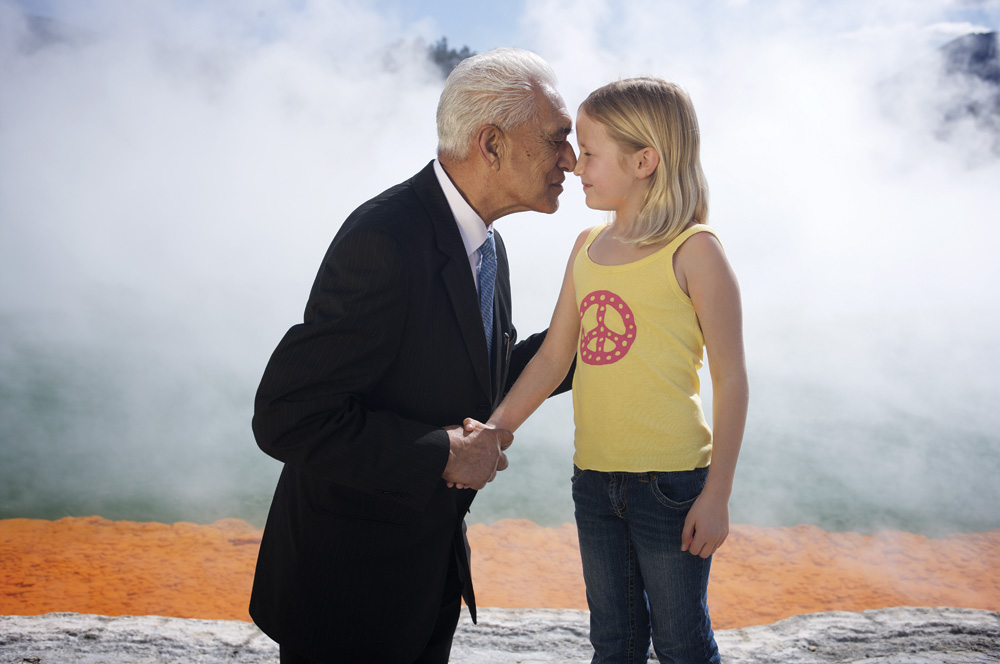
Get more travel inspiration by email.
Subscribe
0 Comments

Get the latest travel trends & hear about the best deals on vacations around the world.
If you’re a Globetrotter, these are the newsletters for you!
